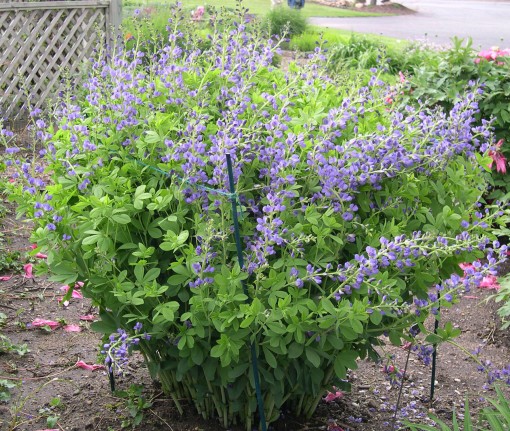Pollinators and Plants for Pollinator-Friendly Gardens – Part 2
By Debra Knapke
Last week, I introduced you to the pollinators in Part 1. Now, it’s time for the pollinator plants . . .
Let’s start with general plant groups and work toward some specific choices in each group. This is a start. Any plant that is not wind-pollinated has an associated pollinator. Once you start exploring your plant options, the sky is the limit.
Aster family
Most members of this family provide a perfect perch for many insects. You will see an array of bugs, beetles, flies, bees, wasps and spiders crawling on the composite daisy flowers (Note: spiders are actually looking for their next meal; it’s a bug-eat-bug world out there!).

Echinacea purpurea — purple coneflower, plus a skipper

Achillea filipendulina – yarrow; a full sun plant!

Silphium laciniatum – compass plant, a stately native

Symphyotrichum novae-angliae ‘Purple Dome’ – one of the last flowers for butterflies & other pollinators

In October, a honeybee sips a late drink from a ‘Purple Dome.’

Zinnia angustifolia ‘Orange Profusion’– narrowleaf zinnia is an annual that is a pollinator magnet.
Bean/Pea family
Not only do the bumbles and other bees like the pea and bean family, but this group of plants has a lovely relationship with several species of bacteria that can fix gaseous nitrogen into a form that can be used by plants. Nitrogen is often the most limiting nutrient in built landscapes. This plant offers a way to fix the problem.

Baptisia australis – false indigo – is one of the most enduring plants in the garden.
Milkweed family
We have many species of milkweeds and butterflyweeds that are native to the Midwest. A recent study found that swamp milkweed (Asclepias incarnata) is the most likely to be chosen by the monarch butterfly as a larval host in the Midwest. The Mexican tropical milkweed – Asclepias curassavica – is the host plant for the monarch when it travels south for the winter.

Asclepias tuberosa – butterflyweed for butterflies and bees
Mint family
Species in this herbal family should be in every garden. Many of the species are our favorite culinary herbs (basil, mint, oregano, rosemary, sage, thyme…) and many have anti-fungal, anti-bacterial attributes. The bilabiate flowers have long throats that lead to the nectaries. I have watched bumbles chew into the base of the flower because they could not enter the flower through the “front door.”

Lavandula angustifolia – English lavender with skipper

Salvia elegans (red, pineapple sage) and Salvia leucantha (blue, Mexican bush sage) are hummingbird dream-plants. I have been “strafed” in the garden by hummingbirds when I have stood in the flight path to the flowers.

Salvia officinalis – common sage which is tasty and beautiful.
Parsley/Celery family
Another family that contains many herbal plants and some of our most potent poisons, not only feeds pollinators but also attracts the “good” bugs that eat the “bad” bugs – at least from the human perspective.

Foeniculum vulgare ‘Purpureum’ – bronze fennel is another multi-tasker in the garden. It is a culinary and medicinal plant. It hosts a variety of butterfly larvae while offering pollen and nectar to many insects.

Eryngium yuccifolium – rattlesnake master – a tea made from its roots is reputed to be an antidote for snake venom; not sure I would trust that. Its flowers attract a myriad of insects.
All of the above are herbaceous perennials, but many trees and shrubs provide food for pollinators, too. Below is a bumble on her way to becoming drunk from the flowers of a littleleaf linden tree – Tilia cordata.

Wishing you awe in the garden!!!










